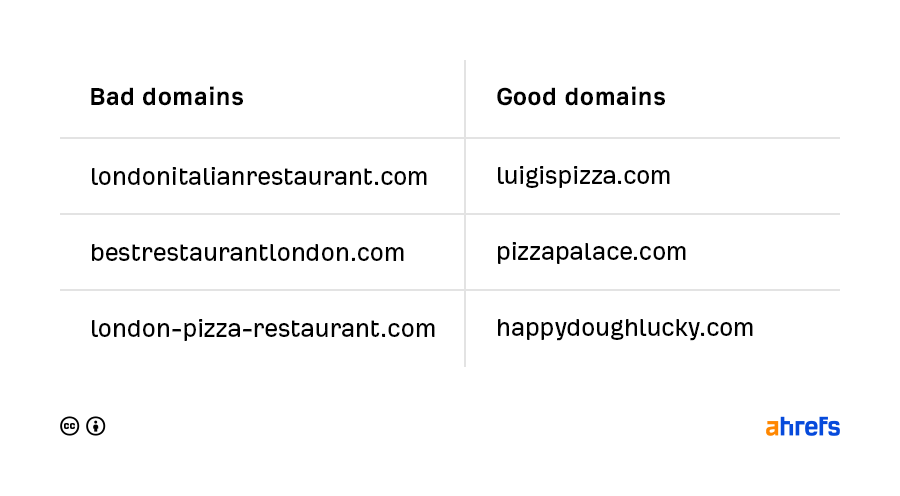Starting a daycare business
- Intermediate
5/5
In this recipe we'll guide you on how to start a daycare business
- Over R25 000
- 160 hours
This SEO business recipe is for websites that have 20 pages (excluding blog posts) or less. Got a bigger website than that? Contact us for a tailored SEO strategy.
What is SEO and how does it work?
SEO stands for Search Engine Optimization, which is the practice of increasing the quantity and quality of traffic to your website through organic search engine results.
To understand the true meaning of SEO, let’s break that definition down and look at the parts:
Google (or any search engine you’re using) has “crawlers” that gather information about all the content they can find on the Internet. Crawlers bring all that data back to the search engine to build an index. The index is then fed through an algorithm which tries to match all the data with your query.
There are a lot of factors that go into a search engine’s algorithm, and here’s how a group of experts ranked their importance
Now that you’ve got more information on SEO, let’s get straight into this business recipe. The first thing you’ll need is a website that’s been indexed by Google.
This simply means that Google has found your website. It doesn’t necessarily mean that you’re ranking for anything yet though. There are 2 easy ways to check if your site has been indexed by Google:
If you don’t yet have a Google Search Console (GSC) account, you should definitely sign up for one. Not only is it free, it’s also packed full of valuable metrics about your site’s search traffic performance. You can sign-up here.
You can check on your website’s index status by logging into your GSC account and click on “Coverage” in the left menu:

The “valid” section shows how many pages Google has found for your website. The other way of finding out which pages of yours have been found by Google is a simple search-
Simply type site:[yoursitename].co.za into Google’s search bar and all the pages it’s indexed from your site will show up.
Setting up your website for SEO is really important if you want to optimise it for search engine success. There are a few ingredients you’ll need, in order to set up your website for this-
Make sure your domain name is short, has no hyphens or characters and is easy to remember. Keeping your domain name as short as possible can help.

Making sure your URLS are short and descriptive helps search engines understand what your content/ webpage is about. 3 things to remember about URLS are:
A good example of a short, descriptive URL is : www.mysite.com/hats-and-scarves/
Great content needs great keywords. As simple as that. Without keywords, your business won’t be targeting the right people, who are already searching for your services.
A great resource for all things DIY SEO related is SEMRush. Check them out here.
If you’re looking just to find keywords, try this resource.
Creating your own content can be daunting at first, but we think it’s best to simplify it. After all, great content needs to include:
You can’t target everyone. But you can market to everyone.
In a world where businesses have to compete for audience attention, the principal of creating your ideal customer is an absolute must!
To look into this in more detail, check out our article covering this SEO tactic here.
Decide on where you want to go with your content. Doing this will make sure your precious time is invested wisely. Once you’ve set your goal you’ll be better equipped to decide which online channels would be best suited to your needs.
Unpack this further by reading through this resource.
Generate leads and you’ll generate sales. The most effective way of generating leads is by offering your audience something they want, in exchange for their details. Few people will part with their email address to subscribe to a newsletter, but many will happily sign up to download an e-book, short course or a cheat sheet.
More information can be found here.
Knowing what to post for buyers in each stage of the funnel is one of the best ways to help convert leads to sales. Check out this informative article on how to target content for each stage of the funnel, and this link on how to further leverage content to boost sales.
CTA (or call-to-action) is the part of your content, ad or web-page that encourages your audience to do something.
Examples of CTAs include “Try for Free” , “Learn More” and “Subscribe”. The call to action is what provides you with leads and allows you to build an organic database.


